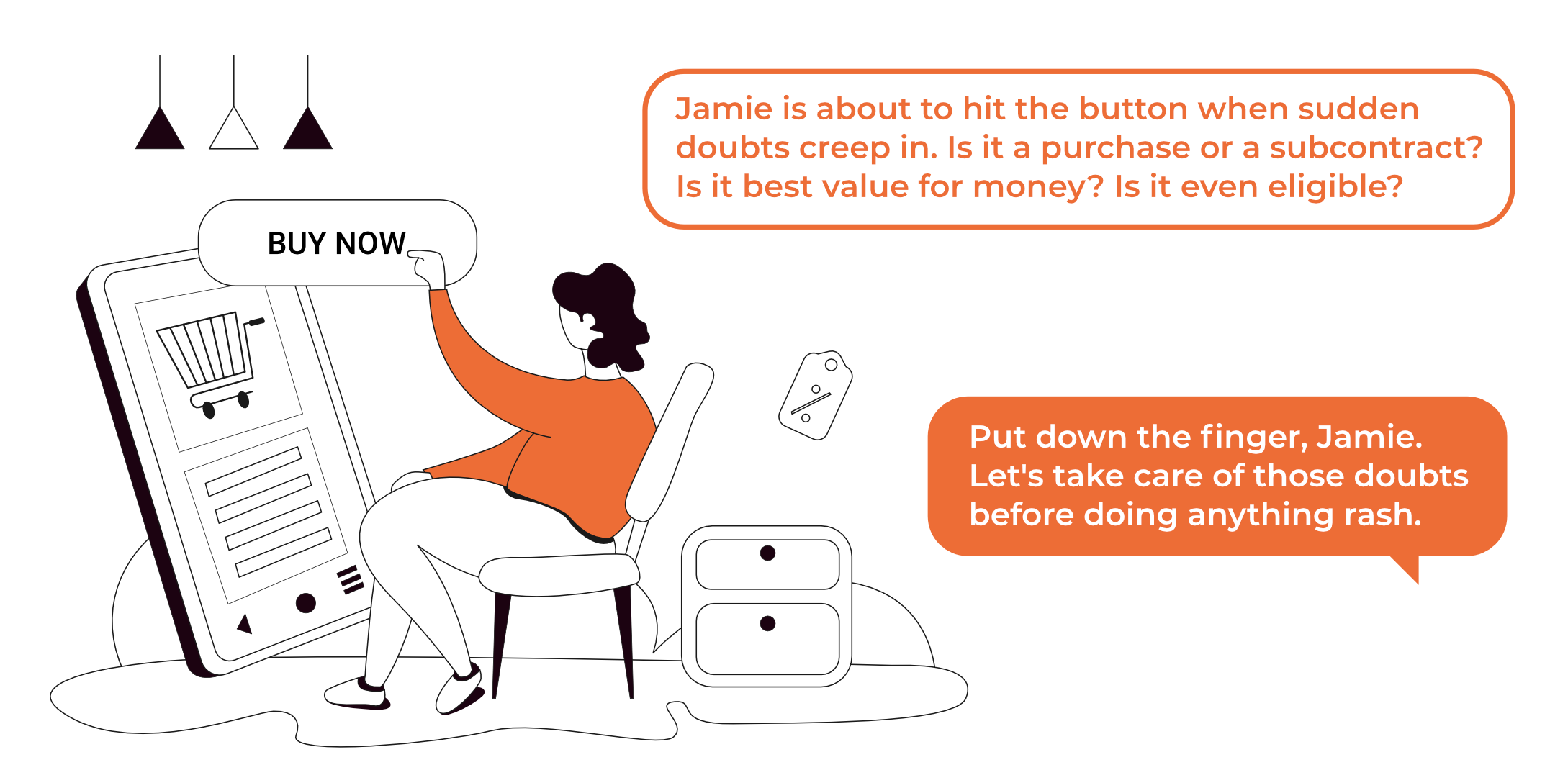
Subcontracting and purchase costs in Horizon Europe: what’s the difference?
Goods and services providers play a key role in Horizon Europe projects. Their timely provision of services of the required quality is a key driver to achieve the objectives of the project. These services fall within two distinct cost categories: subcontracting and purchase costs. Therefore, you should bear in mind the specific eligibility conditions and obligations related to each of them. But, what’s the difference between purchase and subcontracting?
Horizon Europe definition of purchases and subcontracting
Purchase costs are incurred to support the beneficiary in the implementation of the project tasks. This cost category covers travel, equipment and other goods, works and services. Examples of typical purchase costs include travel to attend events and conferences, materials and consumables, and services related to the IPR protection of project results.
Subcontracting, on the other hand, covers costs of services to implement a full or important part of a project task that is outsourced to a subcontractor. In some cases, the beneficiary may decide to subcontract an external provider due to the need for specialized expertise or lack of internal capacities. Examples of subcontracting are a clinical trial execution or validation trials of a newly designed prototype.
Main differences between subcontracting and purchase costs
In practice, there is sometimes a fine line between purchase costs and subcontracting. You must consider the specific context of project or the scope of the task where these costs are foreseen. For example, the creation of a website by a provider may be considered a purchase cost if it makes part of a wider communication task. Conversely, if the website creation is a separate project task, it may fall within subcontracting category.
The following criteria can help you differentiate between the two categories:
| Purchase costs | Subcontracting |
| Contractors support the beneficiary in the implementation of the project tasks. |
Subcontractors provide services to implement a specific task (or an important part of it) included in your Work Plan. |
| The beneficiary is performing the task – the contractor just supports it. | The subcontractor is in charge of the whole task (or an important part of it), the beneficiary supports and checks the results. |
| Just a generic description in the Description of the Action part of the Grant Agreement, not a direct reference to the services or the provider. | Must be defined and detailed in the proposal (definition does not necessarily include the name of subcontracted entity). |
| Indirect costs apply to purchase costs. | Indirect costs do not apply. |
But purchase and subcontracting also bear important similarities. They both must be based either on the best value for money or the lowest price. Equally, selection of contractors and subcontractors cannot be subject to conflict of interest.
Ultimately, to purchase or subcontract is a key strategic decision that must be carefully assessed on a case-by-case basis.
We can help you ensure that your contractors and subcontractors comply with specific Horizon Europe requirements. Do not hesitate to contact us at: hello@getpolite.eu